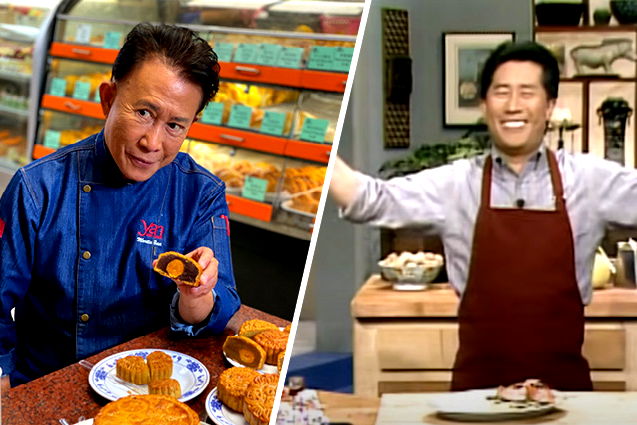7 ‘traditional’ Asian dishes that are actually Asian American



By Ryan General
While Asian cuisines have significantly enriched American food culture, some dishes we think of as “traditional” actually have surprising American roots.
Beyond just being delicious, these American-born Asian cuisines represent immigrant ingenuity, cultural exchange and, in many cases, adaptation. Here are some notable examples of dishes that showcase the unique and vibrant history of Asian communities in the U.S.:
Orange chicken: This dish of chopped, battered and fried chicken pieces coated in a sweet and tangy orange-flavored chili sauce is reportedly of Californian origin. It is said to have been developed in the 1980s, with Chef Andy Kao of Panda Express claiming credit for the original recipe. With a sweetness that caters to American palates, the dish quickly became a national sensation. It is a far cry from its possible ancestor, the “tangerine chicken” of Hunan province, China, which utilizes dried citrus peels.

California roll: Also known as the California maki, this inside-out makizushi roll contains avocado, cucumber and crabmeat filling. Over the years, several chefs have taken credit for its invention, including Los Angeles sushi chefs Ichiro Mashita and Ken Seusa, who both claimed to have experimented with adapting sushi for American tastes. The earlier versions that emerged in the 1960s featured king crab and were a hit with curious diners who sometimes discarded the seaweed. Meanwhile, Chef Hidekazu Tojo from Canada similarly claimed to have crafted the dish to cater to the tastes of his customers in his Vancouver restaurant.

Chop suey: This stir-fry dish featuring meat, vegetables and eggs in a sauce, holds a prominent place in American Chinese cuisine. The dish first emerged in American Chinatowns as early as 1884, becoming a ubiquitous “Chinese” dish despite not being found in traditional Chinese cuisine. While popular stories claim invention by Chinese American cooks, its exact origins remain shrouded in mystery. Some have suggested that the dish may have roots in Taishan, China, as a “miscellaneous leftovers” dish called “tsap seui.”

General Tso’s chicken: This spicy, crispy chicken dish may share the name of a famous Chinese general, but the dish itself is an American-born creation. Two chefs claim to have invented the dish in the 1970s, with Chef Peng Chang-kuei purportedly introducing a savory and spicy version and Chef T.T. Wang creating a crispy-fried version. Many consider them both to have contributed to the evolution of this iconic Chinese American dish over the years.

Crab Rangoon: This deep-fried, cream cheese-filled dish reportedly first emerged at the iconic Polynesian-style restaurant Trader Vic’s in the 1950s. It is believed that Asian-American chef Joe Young was behind its creation. While its wonton wrapper base hints at its culinary heritage, the filling notably deviates from traditional Chinese or Burmese food.

Egg foo young: This omelet-like dish with scrambled eggs, vegetables and meat has variations that have long existed in China. The American version, popularized in the 1930s, is a pancake filled with eggs, vegetables and meat or seafood. In St. Louis, Missouri, some American Chinese restaurants serve what is called a St. Paul sandwich, which is an egg foo young patty served with mayonnaise, dill pickle, lettuce and tomato as filling for two slices of white bread.

Fortune cookie: The cookie filled with a piece of paper with messages that vaguely predict a diner’s future has become a part of the American Chinese dining experience. The dish was reportedly introduced by Japanese immigrant Makoto Hagiwara in San Francisco around the early 1900s. The dessert became widely associated with Chinese cuisine during World War II when production shifted to Chinese Americans.

Share this Article
Share this Article





